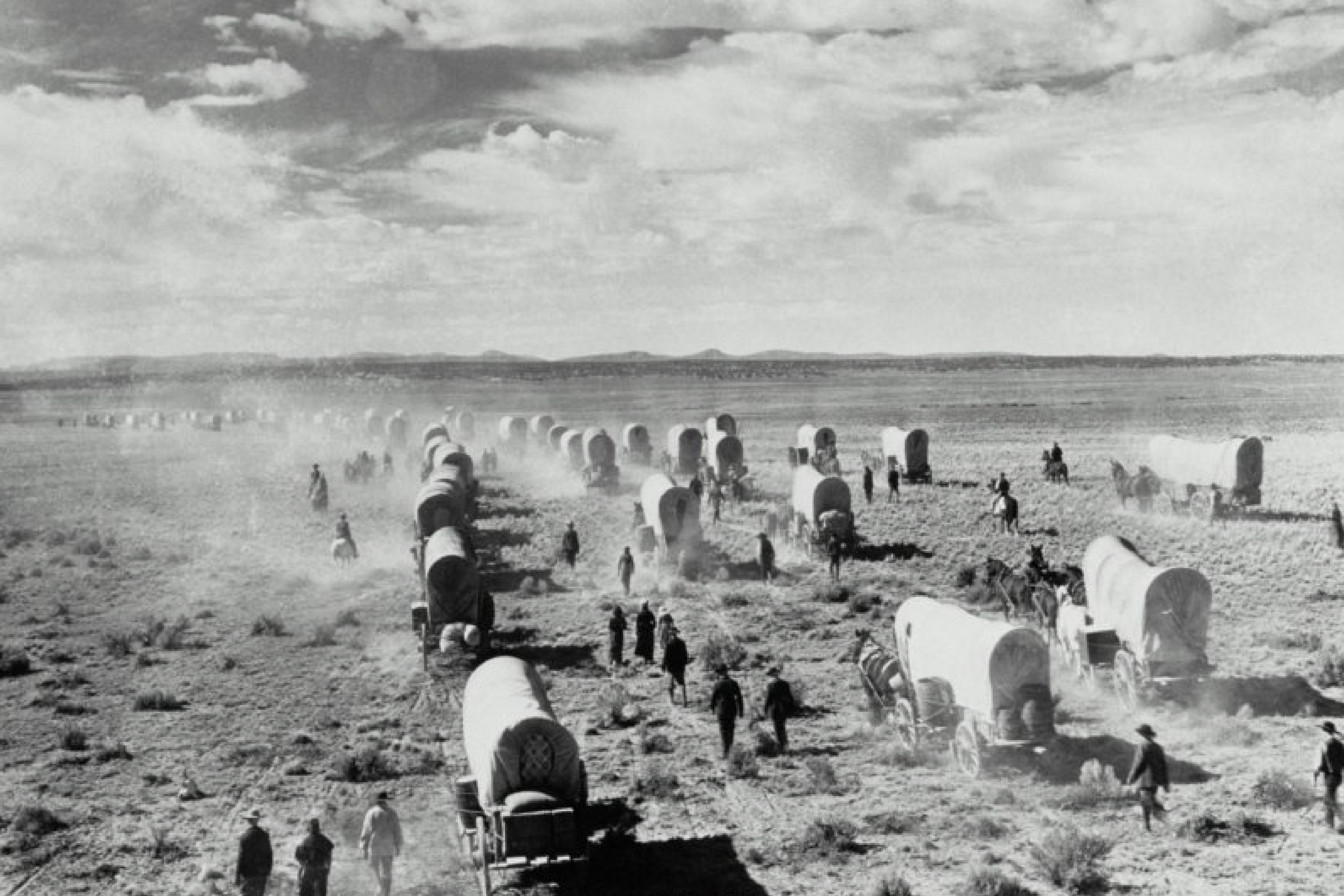
By 1824 the Santa Fe trade was in full swing. Joshua Gregg, in his classic tome, Commerce of the Prairies, described some of the action as he remembered it:
“We now moved on slowly and leisurely, for all anxiety on the subject of water had been happily set at rest by the frequent falls of rain. But imagine our consternation and dismay when, upon descending into the valley of the Cimarron on the morning of the 19th of June, a band of Indian warriors on horseback suddenly appeared before us from behind the ravines—an imposing array of death dealing savages! It was a genuine alarm—a tangible reality! These warriors, however, as we soon discovered, were only the vanguard of a countless host, who were, by this time pouring over the opposite ridge and galloping directly towards us.
The wagons were soon irregularly formed upon the hill-side; but in accordance with the habitual carelessness of caravan traders a great portion of the men were unprepared for the emergency. Scores of guns were empty. And as many more had been wetted by the recent rains and would not go off. Here was one calling for balls—another for powder—a third for flints. Exclamations such as ‘I’ve broke my ramrod’—’I’ve split my caps’—’I’ve rammed down a ball without powder’—’My gun is choked; give me yours’—were heard from different quarters; while a timorous green-horn would perhaps cry out, ‘Here, take my gun, you can outshoot me!’’





